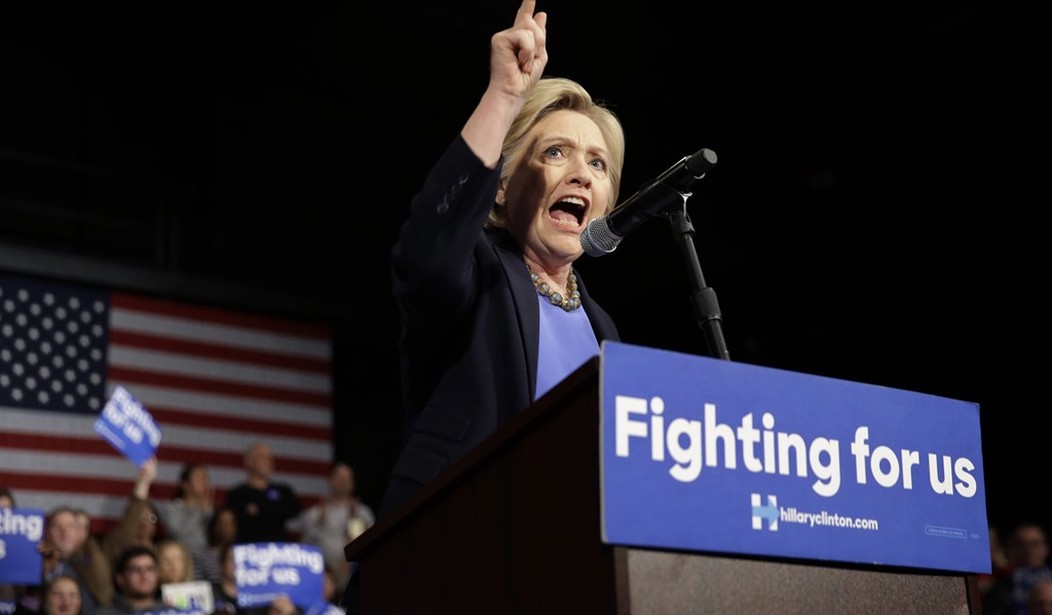The political prediction markets are becoming unusually volatile, reflecting the increasingly volatile race for the Republican presidential nomination. And they also are foreseeing real potential for a Republican wipe-out in November. And in particular, it appears that Donald Trump is no longer a clearly presumptive frontrunner for the Republican nomination.
But please don’t shoot the messenger. I have no particular allegiance to any of the current or prospective candidates. I am simply commenting on what the prediction markets seem to be saying.
Political prediction markets are similar to both financial markets and sports betting, where people can place their money on what they think will be profitable bets. And the logic behind them is that money talks, and punters are more dispassionate and more coolly calculating when their money is on the line. And collectively, via the so-called wisdom of crowds, the odds established in these markets are generally more accurate than the opinions of media pundits and the like. I am relying here on PredictIt, which is one of several such betting platforms.
Back last summer when he announced, Trump was a very far longshot, trading for a mere two or three cents on the dollar. At the end of February, his stock, so to say, peaked at 83. But in the last few weeks he has crashed, his shares are now changing hands at around 45.
Not unrelated to this, the market’s estimation of a brokered convention i.e. Trump falling short of an outright majority, has risen from the lows 20s a few months ago to 66. Take these two numbers together, and the market is saying there is a two-out-of-three chance Trump falls short of an outright majority of delegates, and if he does, there is a three-out-of-four chance the Republican convention unites behind a different standard bearer.
Recommended
Meanwhile, Ted Cruz has surged from the low teens to 32 just in the last week. My rough calculation is that better are giving him even odds to the nominee if the convention vote goes to a second round. And back in February the market was only paying 5 for his overall chances.
But Paul Ryan has had an even more impressive bounce, percentage wise. Two months ago he was at a single penny; now he’s at 13. John Kasich has been unchanged at around 10. Even Mitt Romney is in the mix at four cents on the buck.
So it looks more likely than not Cleveland is not going to be a routine affair of crowning a nominee the entire party can rally behind. And who can say what the consequences will be?
Well, unfortunately, things look grim for Republicans in November. The White House, as of today, is looking like 68-32, advantage Democrats, with a 39% chance of a sweep of 370 electoral votes. Control of the Senate is only a bit better, 61-39 with the edge to the Dems. There’s even an 18% chance of Republicans losing the House.
By the way, if your curious, Hillary Clinton is a 83-17 favorite over Bernie Sanders. And as for the ultimate winner of the presidential race, the numbers are Clinton – 61, Trump – 18, Cruz – 14. Oh, and the odds of the Senate approving an Obama Supreme Court nominee are nearly even, 54-46 against.
Now, a few caveats. There are still plenty of primaries on the calendar and either Trump or Cruz or Kasich could show unexpected strength. And the general election is seven months away. A lot can change in politics. And these prediction markets are simply that, markets for predictions, they are far from all-knowing.
But what’s the upshot? Trump is not ensured to close the deal. He will have a plurality of delegates in Cleveland, but quite possibly not the majority he needs. And if he falls short, the Republican establishment is not inclined to nominate him. In this case, Cruz is likely who they will turn to, but Ryan and Kasich are serious contenders as well. But whoever wins the nomination, Republicans are facing an uphill battle this electoral year.



















Join the conversation as a VIP Member